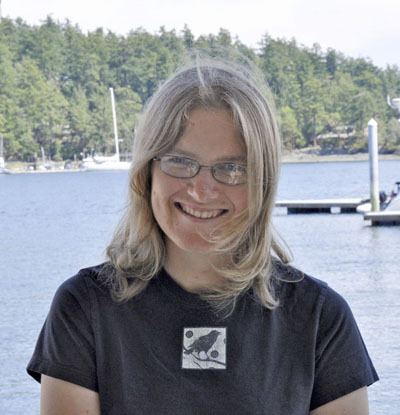By Monika Wieland
When talking about how to help our endangered Southern resident orcas recover, it is crucial that correct information based on the best available science is given.
With this in mind, we felt compelled to address the misinformation in Mark Anderson’s column. (‘State of the Orca’: cause for alarm, Aug. 10 Journal edition).
Anderson correctly states that “chinook salmon counts matter most,” yet goes on to say, “whale watch boats are directly responsible for the death of our local whales.”
While there is research demonstrating effects of boats on orcas, all these studies were taken into account in the National Oceanic and Atmospheric Administration’s new vessel regulations. None of them claim that vessels “blind” echolocation or that boats are responsible for whale deaths.
General consensus is that salmon recovery is the key to Southern resident survival. Meanwhile, the precautionary approach should guide vessel regulations.
Anderson states that many breeding age whales are dying.
Looking at the 45 whales that have died since 1998, 20 of them were of reproductive age, while 25 of them were not.
The small effective population size of the Southern residents is a concern, but the current population bottleneck has more to do with the loss of an entire breeding class of whales during the capture era than with anything else.
Anderson claims the pods seem to be producing only females, which is opposite of reality.
At a recent lecture, Astrid van Ginneken of the Center for Whale Research explained that the juvenile male to female ratio of whales is 7:7 in J-Pod, 7:2 in K-Pod, and 8:2 in L-Pod.
She speculated that toxins are to blame for the male-biased gender ratio in K and L Pods (a theory supported by Krahn et al 2007).
Anderson also claims that K-Pod recently had no breeding males. K-Pod has had a breeding age male (K21) for the last decade, and now has three adult males (K21, K25, K26).
The study “proving inbreeding” referred to by Anderson demonstrated that male Southern resident orcas sire offspring within their own pod (Ford et al 2011). While intra-pod mating has not been observed in Northern residents, no data existed for Southern residents until now.
Despite mating within pods, this study found no evidence for mating among direct relatives, and the “average internal relatedness of individuals was significantly less than expected if mating were random”.
Anderson argues for the creation of a no-go zone for whale watch boats.
His desire to exclude only motorized commercial whale watch vessels (who accounted for under 15 percent of guideline infractions in 2010, according to Soundwatch data) and not kayakers, fisherman, or private boaters (who commit the majority of violations, according to Soundwatch) indicates a bias against this group of boaters rather than a desire to create a sanctuary for whales.
NOAA thoughtfully crafted the new vessel regulations, and we trust they will be reevaluated as necessary.
Vessel disturbances are only one of three identified risk factors to Southern residents and they are being addressed.
It’s time to deal with the two bigger issues of contaminants and salmon.
— Monika Wieland, a naturalist and photographer, submitted the piece above on behalf of the San Juan Island Whale Watching Association:
Capt. Carli’s Whale Watch, Legacy Charters, Maya’s Westside Charters, San Juan Excursions, San Juan Outfitters, San Juan Safaris,Western Prince Whale & Wildlife Tours




